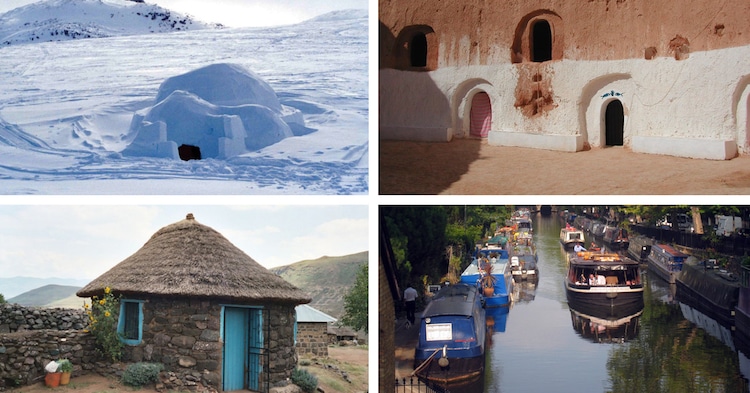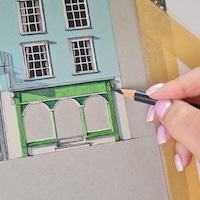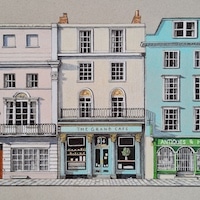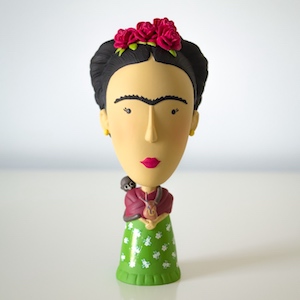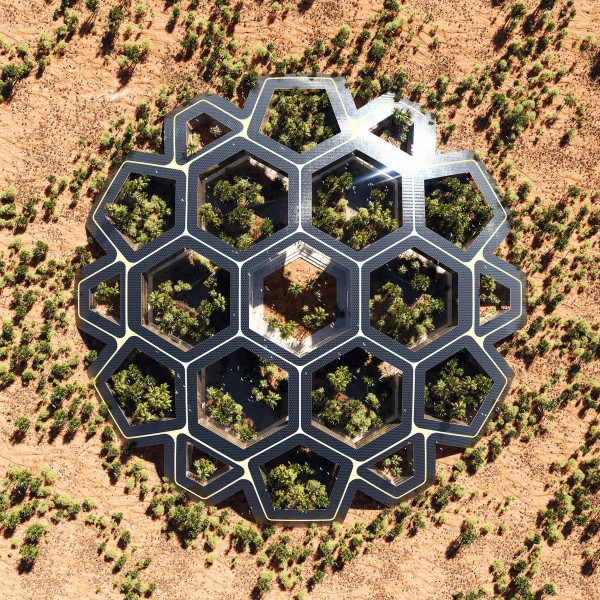Throughout history, people have fabricated shelters that fit their surroundings. With a universal set of criteria in mind—including access to tools, availability of materials, and type of climate—individuals from all over the world constantly reinterpret, reimagine, and redefine the concept of home.
To many of us, a home is a four-walled fixture on a permanent foundation. But to others, it is a snowy sanctuary, a hidden cave, or even a floating boat. Here, we explore these different types of houses in order to understand how and why such a wide range of shelters exist across the globe.
Let's take a tour of different types of houses around the world.
Cave Homes (Matmata, Tunisia)
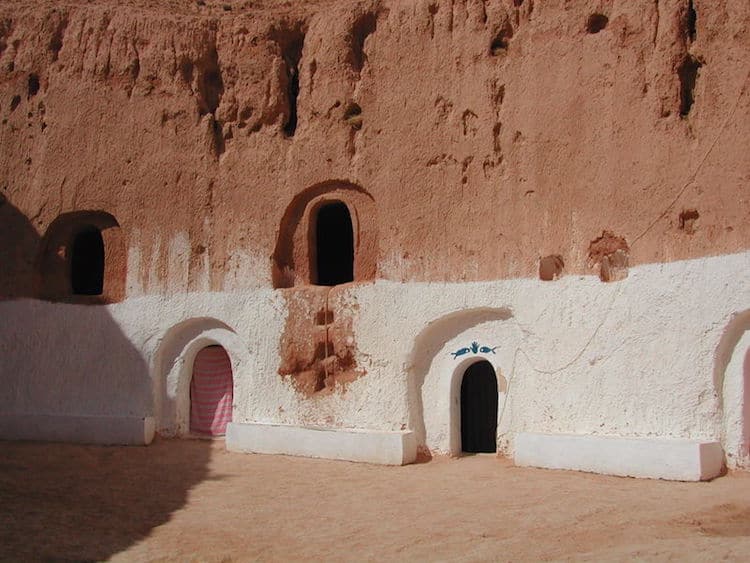
Photo: Ansgar Walk (photo taken by de:Benutzer:wotan) [GFDL, Creative Commons Attribution-Share Alike 2.0 Germany license.
Today, many cave homes around the world have been turned into unique cave hotels for tourists to stay in.
Rondavels/Round Homes (Lesotho, South Africa)
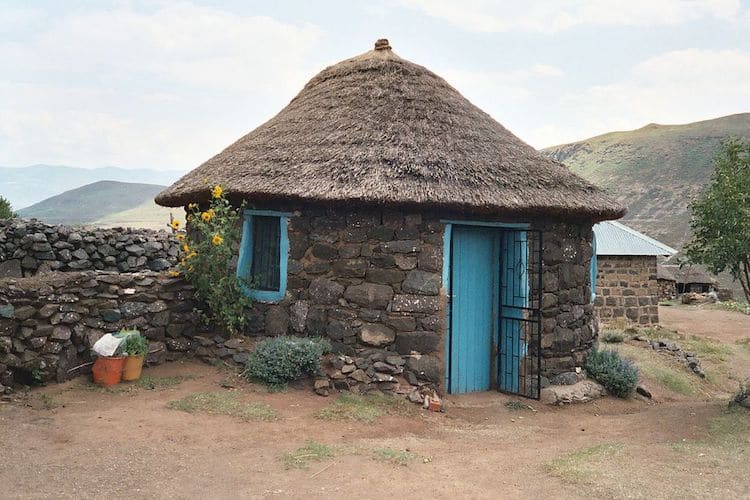
Photo: Rich Tracy [Public domain] via Wikimedia Commons
Today, round houses are built and bought by people interested in saving both space and energy.
Stilt Houses (Vietnam, Southeast Asia)

Photo: Jos Dielis [CC BY 2.0] via Wikimedia Commons
Though they're primarily built in Southeast Asia today, stilt houses are also present in the western hemisphere where homes are faced with hurricane damage. These traditional houses are thought to have first been used (in the West) by indigenous tribes of the Americas.
Yurts (Kyrgyzstan, Central Asia)
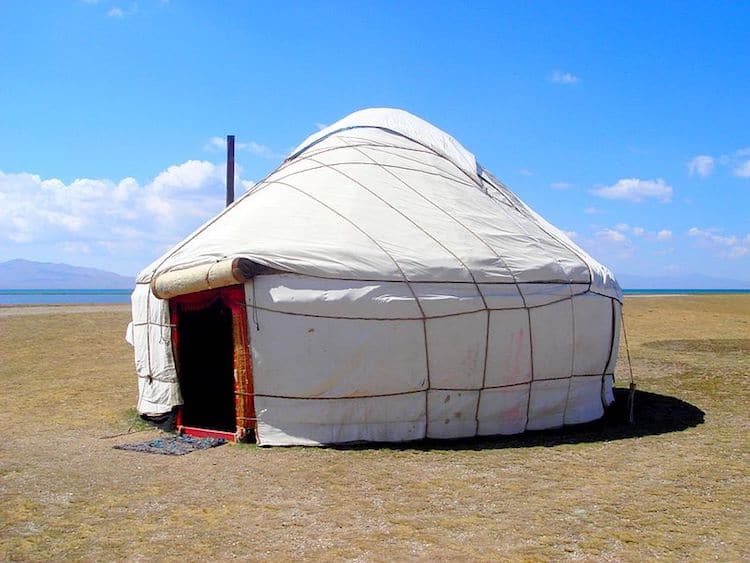
Photo: I, Ondřej Žváček [GFDL, CC-BY-SA-3.0 or CC BY 2.5], via Wikimedia Commons
Underground Houses (Coober Pedy, Australia)
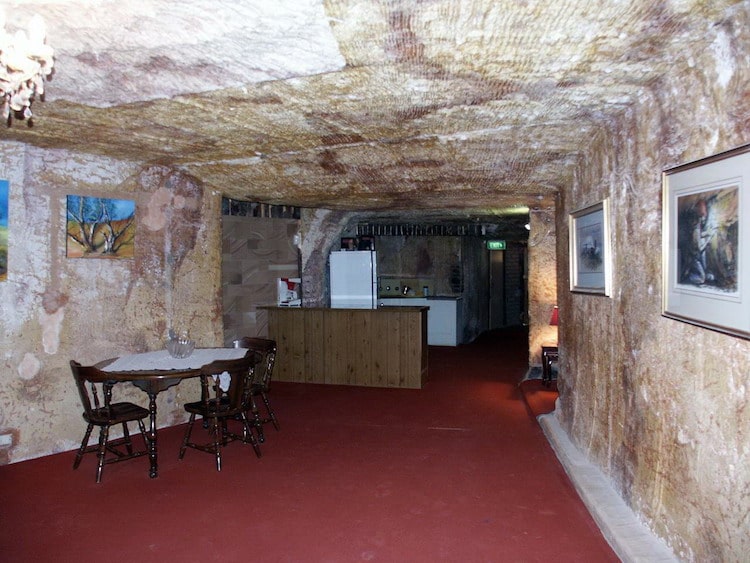
Photo: Nachoman-au [GFDL, CC-BY-SA-3.0 or CC BY-SA 2.5-2.0-1.0], via Wikimedia Commons
According to Smithsonian Magazine, these unique underground homes act as an oasis from the outback's heat (summer temperatures can reach a sweltering 113 degrees Fahrenheit) and occasional dust storms. For this reason, half of the town's residents—as well as a museum, a church, and even a hotel—have opted for this underground lifestyle.
Igloos (Baffin Island, Canada)
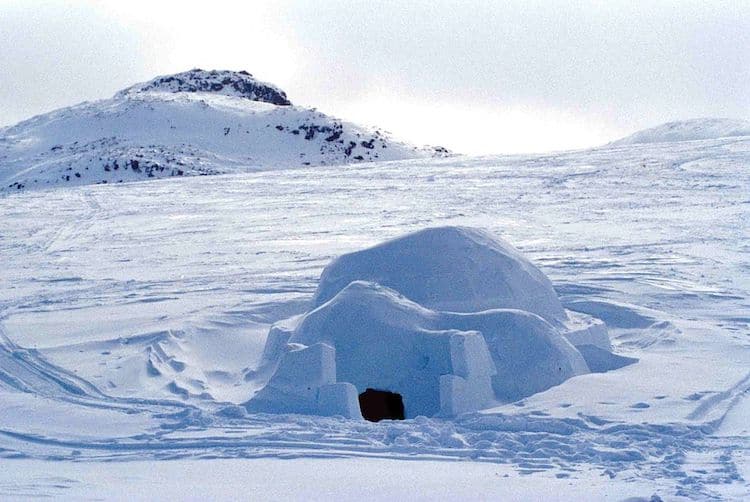
Photo: Ansgar Walk [GFDL, CC-BY-SA-3.0 or CC BY 2.5], via Wikimedia Commons
Today, igloos—which are deeply connected to Inuit history and culture—can be found in Baffin Island, Canada, and other snowy, North American locations.
“Honai” Homes (Indonesia)
Honai is the traditional house of the mountainous community in central Papua, Indonesia. The main, rounded body of the simple abodes are hand-built from wooden plank, and the interior walls are insulated with woven bamboo. The straw roofs can often be substituted with reeds or palm leaves. A typical honai home is approximately 4-6 meters in diameter and 5-7 meters in height. Despite their small size, they are usually occupied by 5-10 people.
Hanok Houses (Korea)
A hanok is a traditional Korean house that originates from the 14th century during the Joseon Dynasty. Culturally, architects would have considered the positioning and style of the house in relation to its surroundings, the land, and even the seasons. The ideal hanok house is built with a mountain in the back and a river in front.
Built from locally sourced materials, they consist of tiled roofs, wooden beams, and flooring built in the Ondol style, allowing the floors to be heated by smoke during winter and cooled in the summer. One of the most distinguishing features of the hanok home is the slightly curved roof line, sometimes revealing ornate designs on the underside.
Cape Dutch Architecture (South Africa)
Primarily found in the Western Cape of South Africa, Cape Dutch-style homes were built to resemble the townhouses of Amsterdam. They appear in locations where the Dutch settled during the 17th century, but many are still used in historical towns such as Stellenbosch, Paarl, Swellendam, Tulbagh, and Graaff-Reinet.
They are characterized by ornate rounded gables, whitewashed walls, wooden shutters, and thatched roofs.
Tiny Houses (Portland, Oregon)

Photo: Tammy (Weekend with Dee) [CC BY 2.0] via Wikimedia Commons
Easy to erect and relatively inexpensive, these small houses are perfect for people interested in downsizing.
Victorian and Edwardian Houses (San Francisco, California)
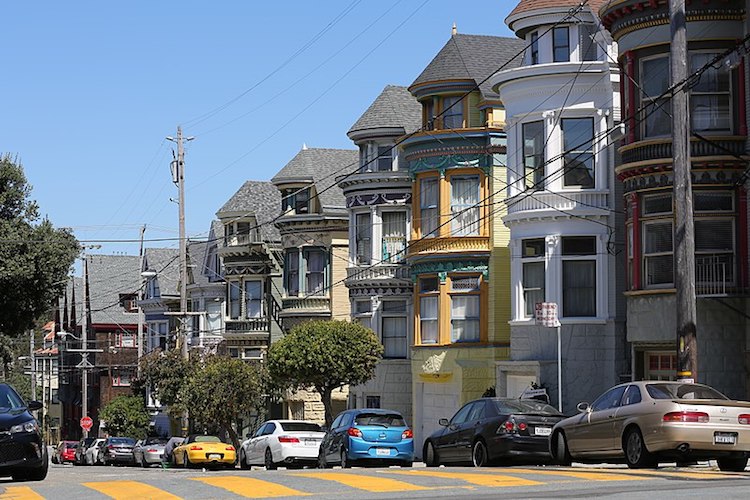
Photo: Tobias Kleinlercher [CC BY-SA 3.0] via Wikimedia Commons
Today, they can be found all over the city.
Adobe Buildings (Acoma, New Mexico)
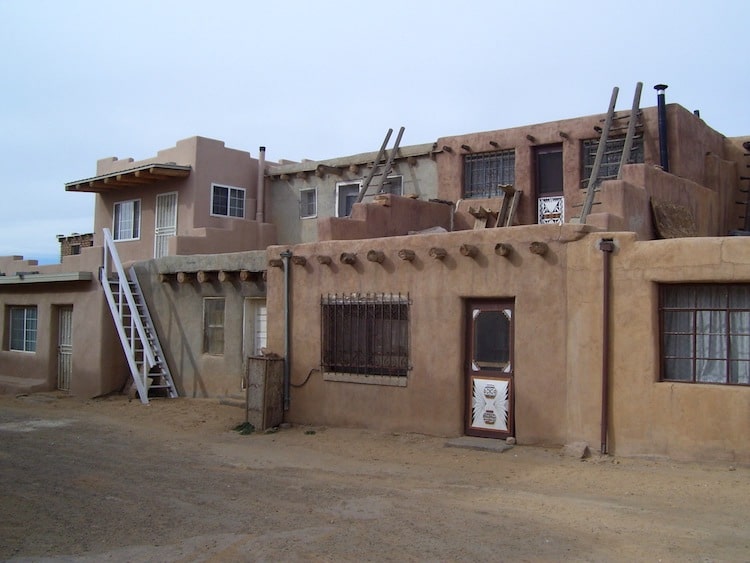
Photo: Beyond My Ken (Own work) [GFDL or CC BY-SA 4.0-3.0-2.5-2.0-1.0] via Wikimedia Commons
Today, roughly 300 of these mudbrick homes exist in Acoma.
“Gingerbread” Cottages (Martha's Vineyard, USA)
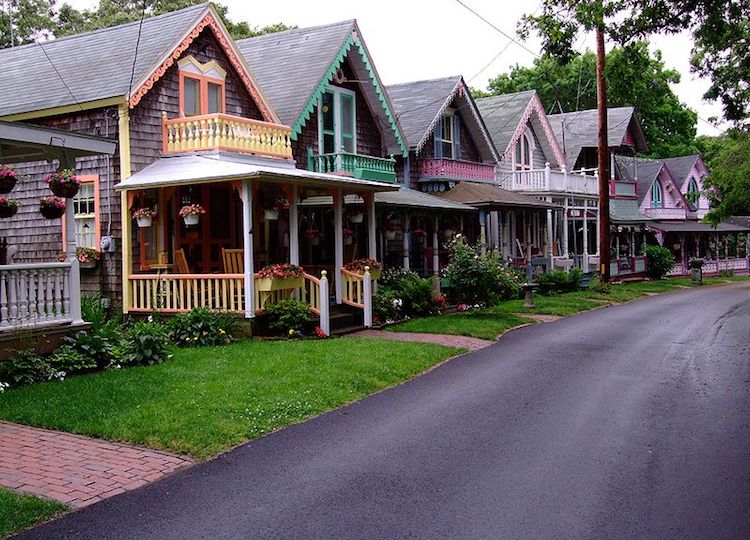
Photo: Michele Schaffer (DSCF0625) [CC BY 2.0] via Wikimedia Commons
According to Around The World L, these wooden, traditional homes popped up in the late 19th century. Since then, they have creatively been characterized as “Carpenter’s Gothic” due to their ornate decoration.
Canal Boats (London, United Kingdom)
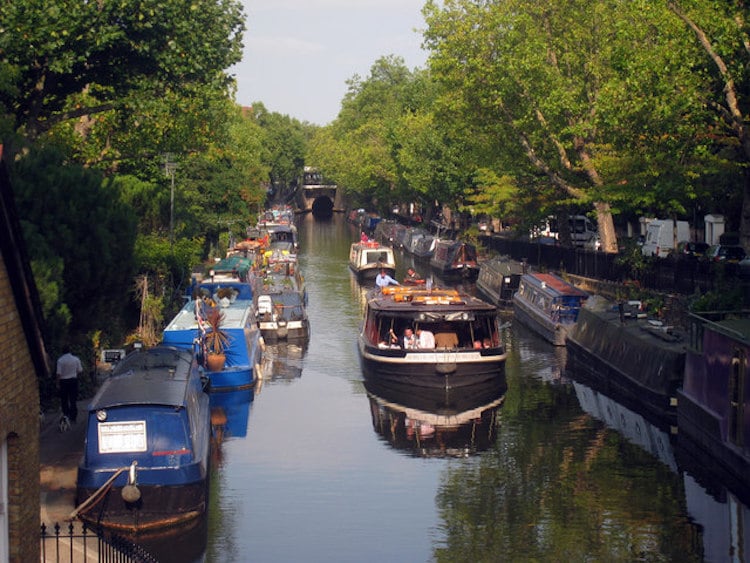
Photo: Oast House Archive [CC BY-SA 2.0] via Wikimedia Commons
Regent's Canal—a waterway that spans nearly nine miles of the city—is home to a community of canal boats. A less expensive alternative to London's pricey flats and homes, houseboats are becoming an increasingly popular way to live and work in the capital. But before you pick up and move into one of these “narrowboats,” make sure you're on board with the nomadic lifestyle; local law states that canal-dwellers cannot “remain in the same neighborhood for more than 14 days.”
Trulli (Alberobello, Italy)
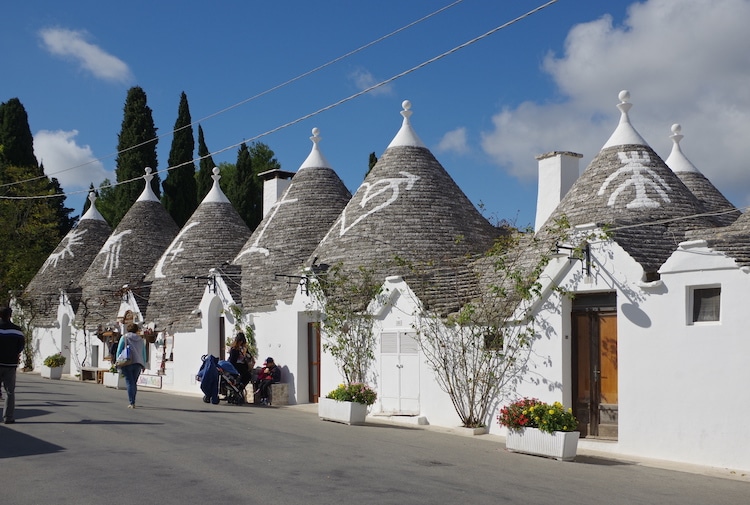
Photo: Berthold Werner [CC BY-SA 3.0] via Wikimedia Commons
Over 1500 trulli populate the town of Alberobello. Historically, they were used as housing by agricultural laborers or temporary field shelters. Now, luxury trulli in Italy are highly sought after in the real estate market as charming vacation homes.
This article has been edited and updated.
Related Articles:
Contemporary All-White House Overlooking the Black Sea Is Inspired by Art Galleries
Mid-Century Modern Homes That Shaped the Future of Architecture Design
9 Gorgeous Modern Home Designs for Anyone Who Loves Architecture
